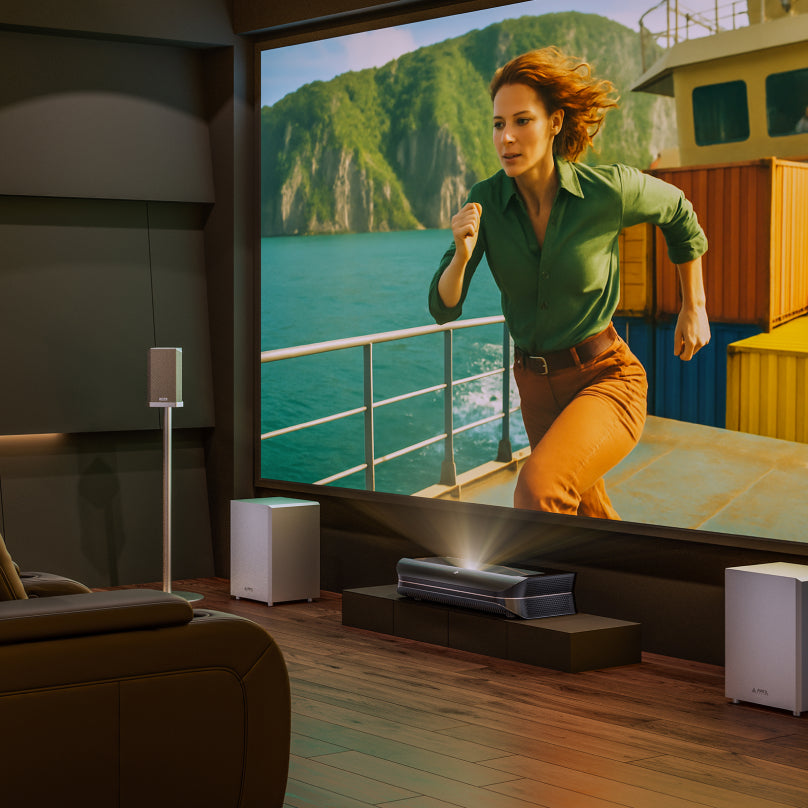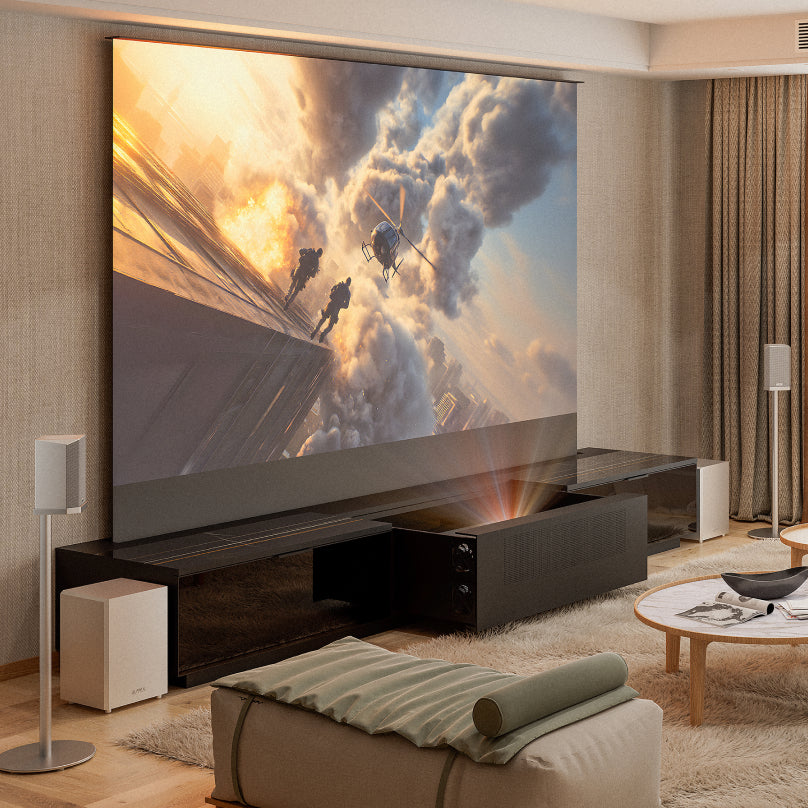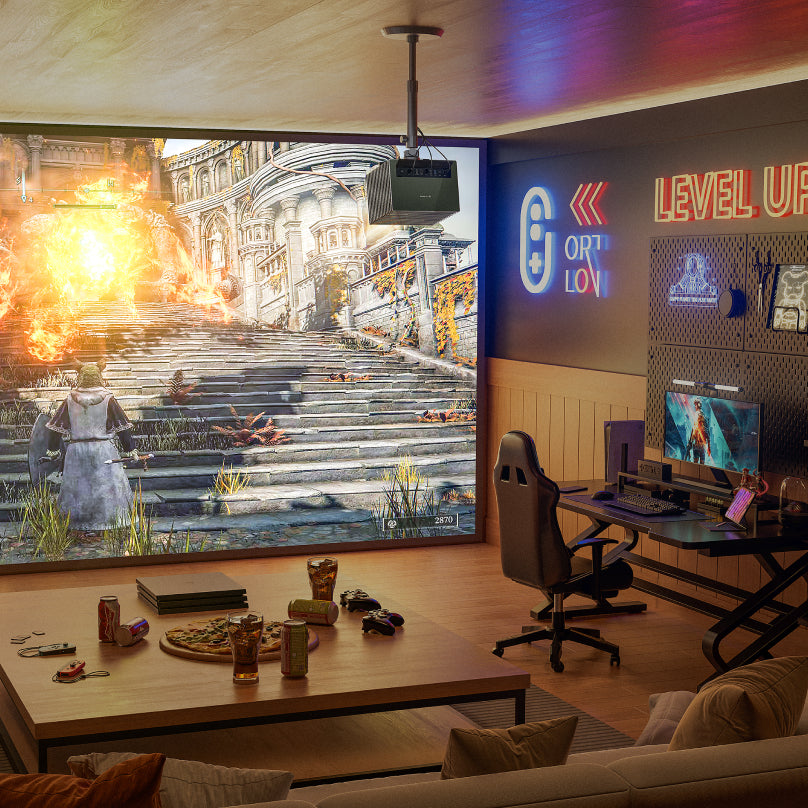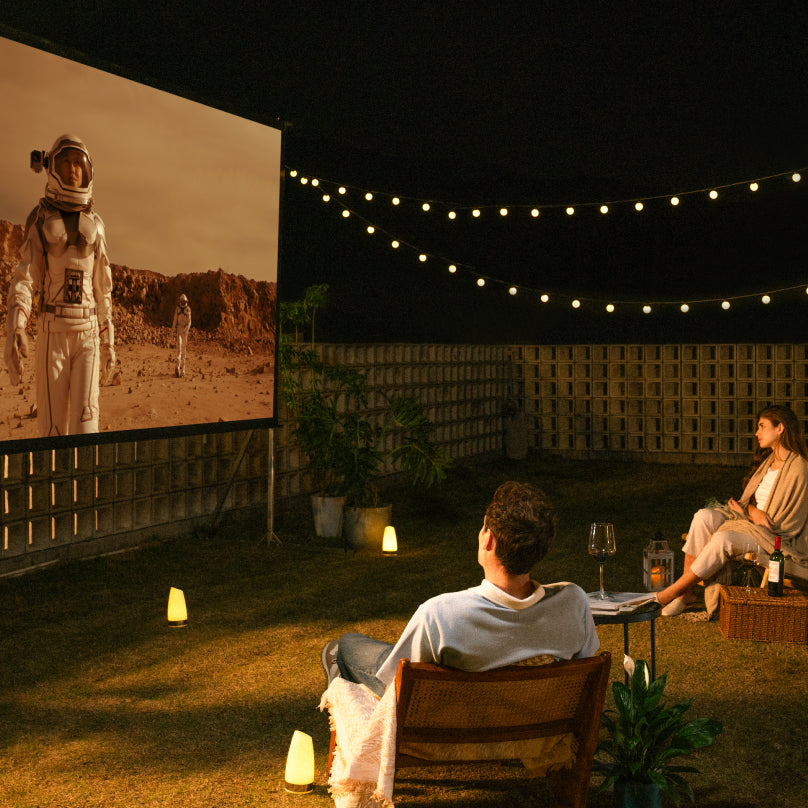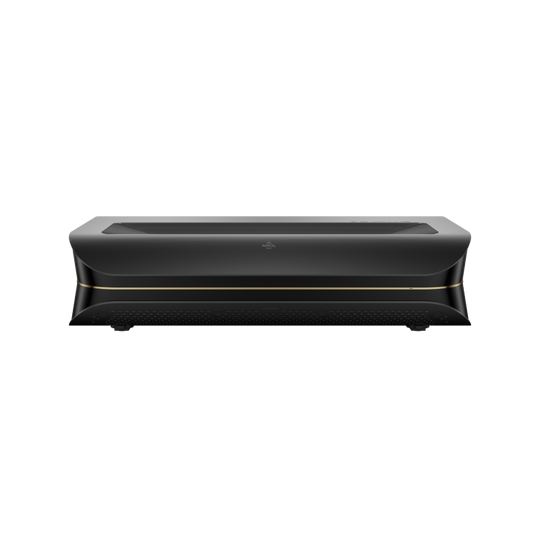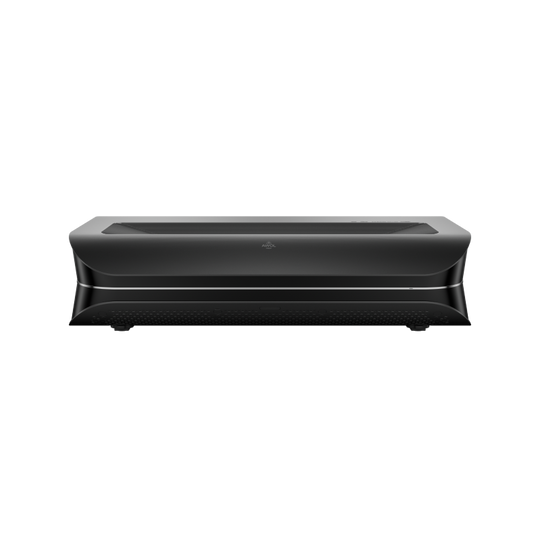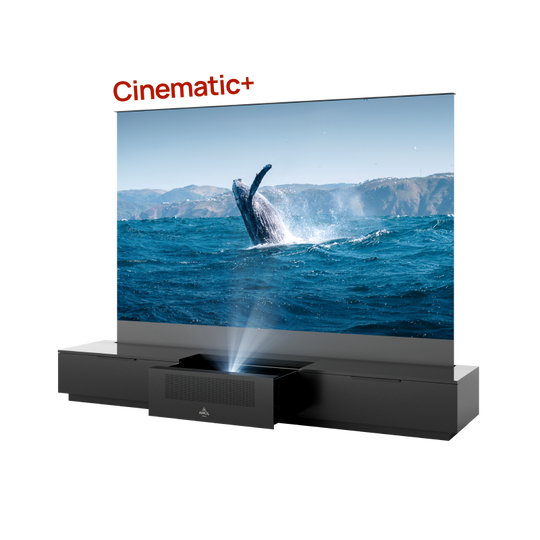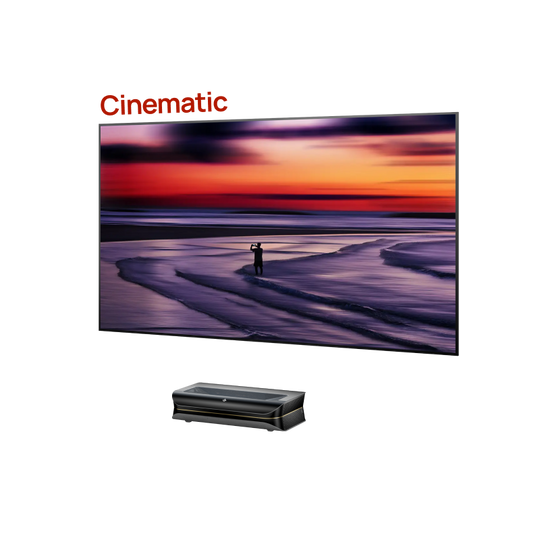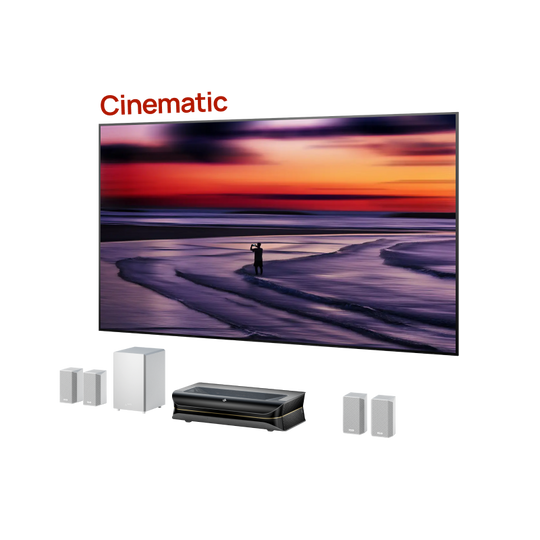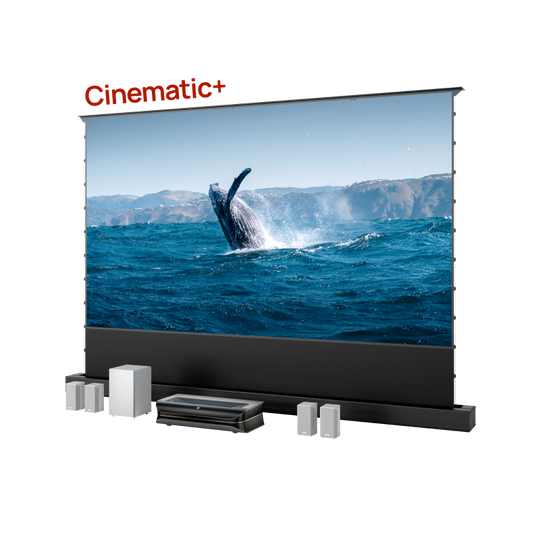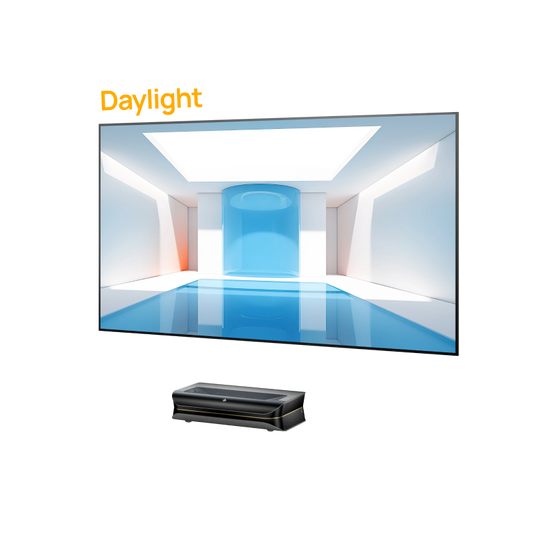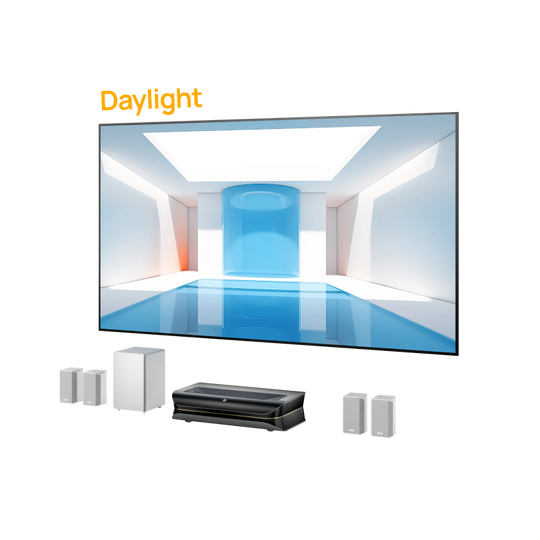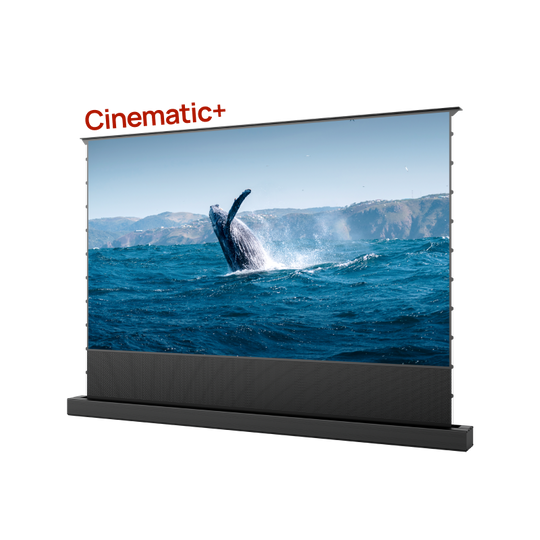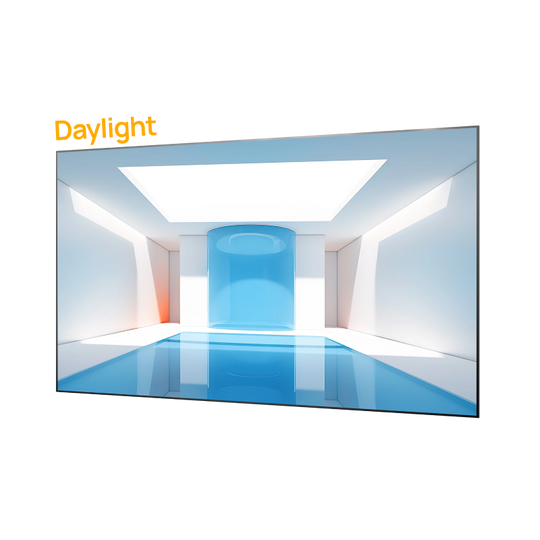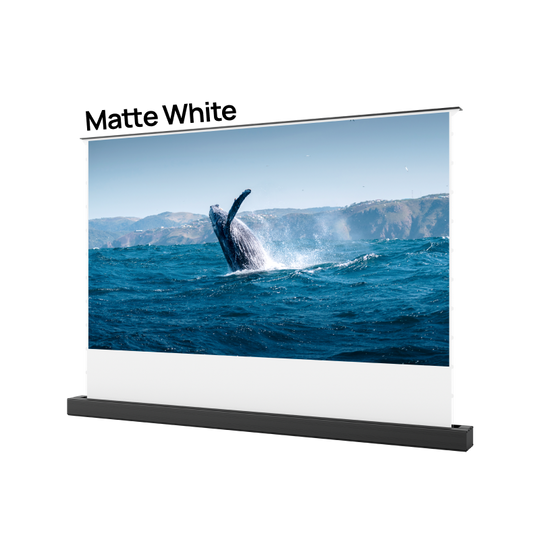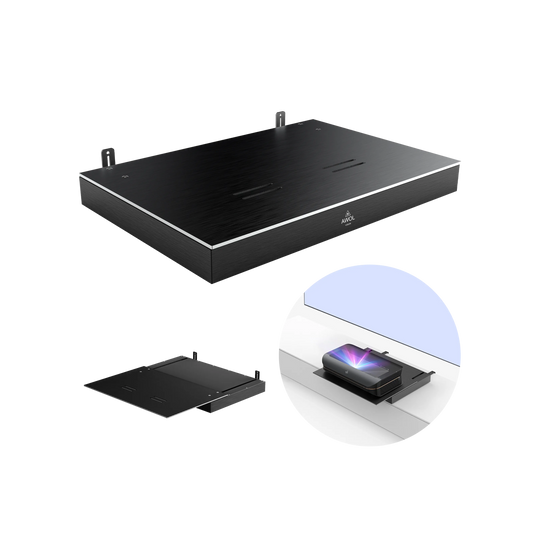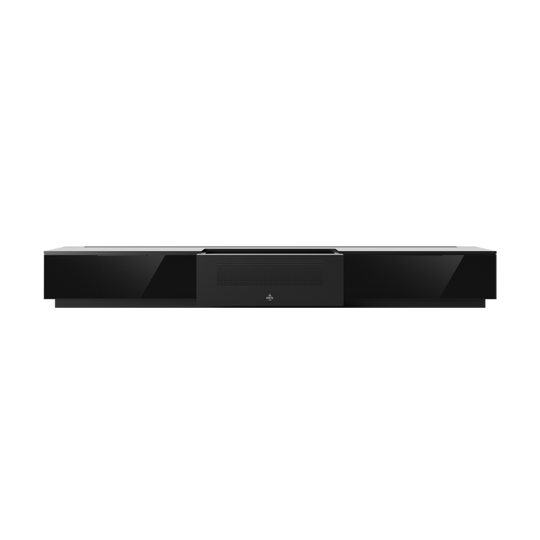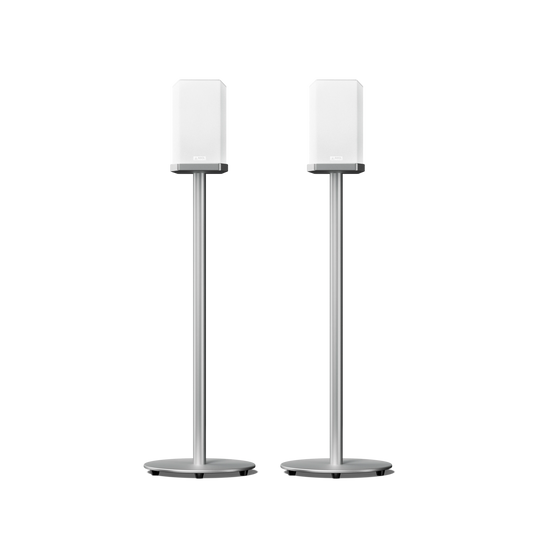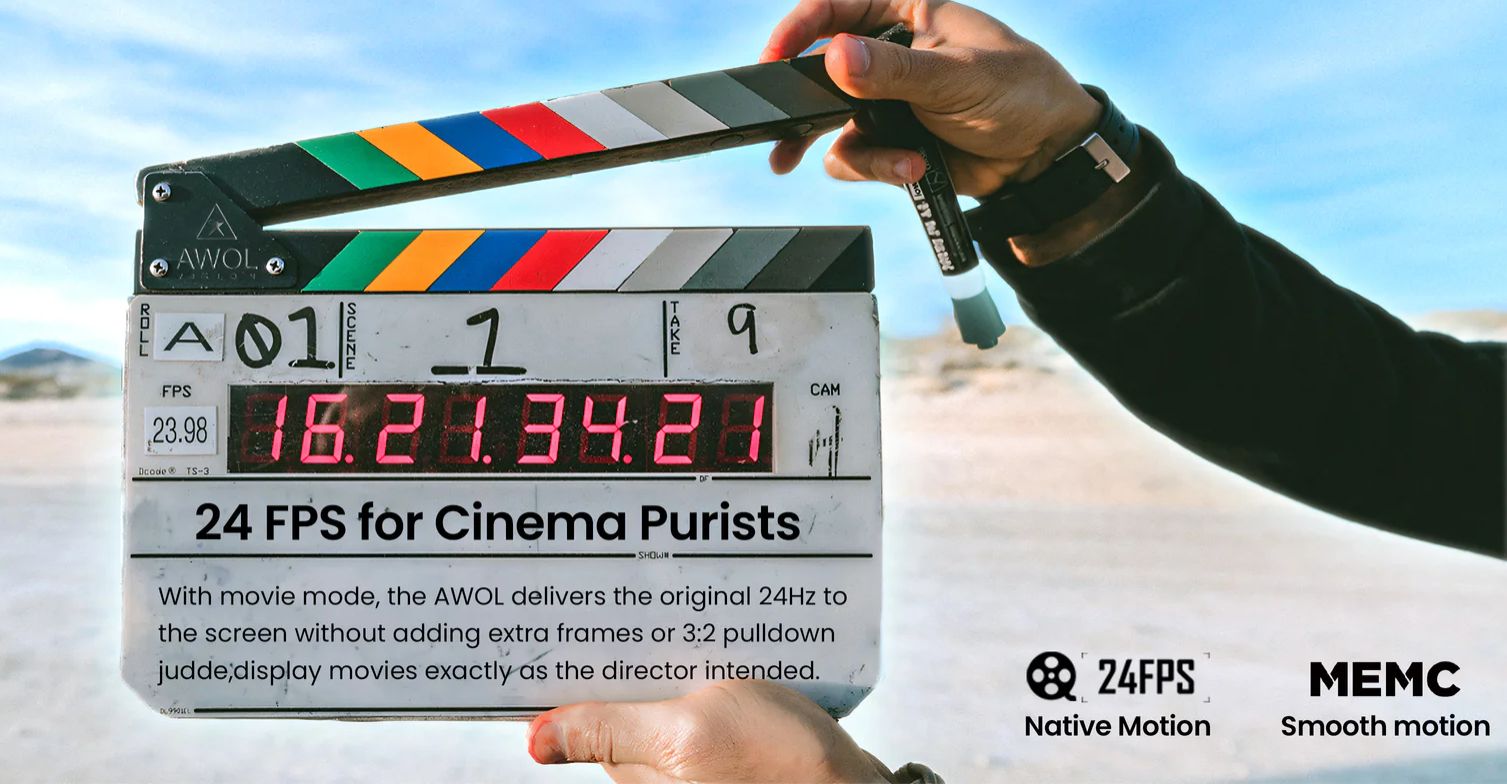We’ve all done it. You’re trying to get a closer shot of something in the distance, so you pull out your smartphone, open the camera, and "pinch-to-zoom" in on your subject. At first, it looks great, but as you zoom further, the image on your screen starts to fall apart, becoming a blurry, pixelated version of what you were trying to capture.
Why does this happen? What is the real difference between a "true" zoom on a professional camera and this digital imitation?
This is the difference between optical zoom and digital zoom, a fundamental principle of image quality. Understanding this concept is key to taking better photos and, more importantly, it helps explain why the best home cinema systems are designed the way they are. This guide will provide a definitive explanation of both, and explore why it matters for everything from your camera to your 4K projector.
Understanding Optical Zoom: The Power of Physics
Optical zoom is the "true" zoom. It’s a physical process that involves the mechanical movement of precision-ground glass lenses inside the camera body.
How It Works: A True Lens Mechanism
When you activate the optical zoom on a camera, the lenses physically shift back and forth. This movement changes the focal length, which alters how much of the scene is focused onto the camera's sensor. By changing the focal length, the lens genuinely magnifies the light from the subject before it’s ever recorded.
A great analogy is looking through a pair of high-quality binoculars. As you turn the dial, the lenses inside move, bringing the distant object closer with perfect clarity. Optical zoom works on the exact same principle.
The Unbeatable Advantage: Lossless Quality
Because optical zoom is a physical magnification of light, the full resolution of the camera's sensor is always used. No image data is lost, cropped, or guessed at. If you have a 48-megapixel camera, a photo taken at 5x optical zoom still uses all 48 megapixels to create a sharp, detailed, and clear image. This is why it is called "lossless."
Understanding Digital Zoom: An In-Camera Illusion
Digital zoom is not a true zoom at all; it is a software function that imitates the effect of getting closer. It's a trick, and like most tricks, it comes with a significant compromise.
How It Works: Software-Based Cropping
When you use digital zoom, no lenses move. Instead, the camera’s software takes a normal picture, crops into a small section of it, and then enlarges that cropped section to fill the screen.
The analogy here is simple: it’s the exact same process as taking a photo, opening it on your computer, selecting a small area with your mouse, and enlarging it by 500%. The result is predictable: the image becomes blurry and pixelated.
The Inevitable Downside: Image Degradation
Enlarging a small crop of an image forces the software to invent new pixels to fill in the gaps of the now much-larger picture. This process, called interpolation, is essentially a guess. The software analyzes the surrounding pixels and tries to predict what the new ones should look like. This is what causes the classic signs of poor digital zoom: fuzzy edges, a lack of fine detail, and visible pixels.
The Final Verdict: Why Quality is Not a Debate

When it comes to image quality, there is no contest. For anyone who prioritizes image fidelity, optical zoom is always the superior technology. Digital zoom is a tool of convenience, not quality.
|
Feature |
Optical Zoom |
Digital Zoom |
|
Image Quality |
Lossless (Preserves 100% Quality) |
Degraded (Loses Quality) |
|
Mechanism |
Physical Lens Movement |
Software Cropping & Enlarging |
|
Cost & Complexity |
Higher (Adds bulk and cost) |
Lower (Just software) |
How This Principle Applies to Your 4K Home Cinema
So, what does a photography concept have to do with your projector? Everything. The core principle—preserving the original pixels to deliver the best image—is the ultimate goal of a high-end home cinema.
The Ultimate Goal: Preserving Every Pixel of a 4K Source
The entire purpose of a premium 4K projector is to reproduce a film with perfect accuracy, exactly as the director intended. This requires taking the 4K source video and projecting all 8.3 million of its pixels onto the screen without any digital manipulation that would compromise the final image.
Achieving a Big Screen Without Digital Tricks
High-end Ultra Short Throw (UST) projectors are engineered with a prime lens—a fixed lens that is precisely calibrated for maximum sharpness and clarity. They don't need a complex zoom lens. Instead, you achieve your desired screen size through a method that is philosophically identical to optical zoom: physical placement.
By physically moving the projector slightly closer to or further from the screen, you can change the image size from 80 inches all the way up to 150 inches. Just like optical zoom, this physical method is lossless. It ensures that the projector's full 4K capability is always being used, delivering a perfect pixel-for-pixel image at any size.
Why Digital Zoom is the Enemy of True 4K
Using a digital zoom feature on a 4K projector is self-defeating. It takes the stunning, native 4K image, crops into it, and throws away millions of precious pixels. It then enlarges the lower-resolution result, destroying the very detail and clarity you invested in a 4K system to get.
A sophisticated projector like the AWOL Vision LTV-3500 Pro is designed specifically to avoid this type of degradation. Its architecture is built to ensure that when you watch a 4K movie, you are seeing a true 4K image on your screen, with every single pixel rendered perfectly.
Conclusion
Whether it's the lens in a professional camera or the light engine in a home cinema projector, the same rule always applies: the technology that honors and preserves the original source image will always produce the best results.
Choosing equipment that avoids digital manipulation—like a camera with true optical zoom or a projector system built for lossless image sizing—is a commitment to seeing your movies, games, and memories with the absolute best clarity and fidelity possible.
